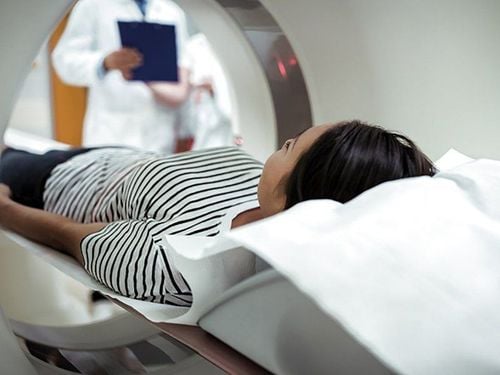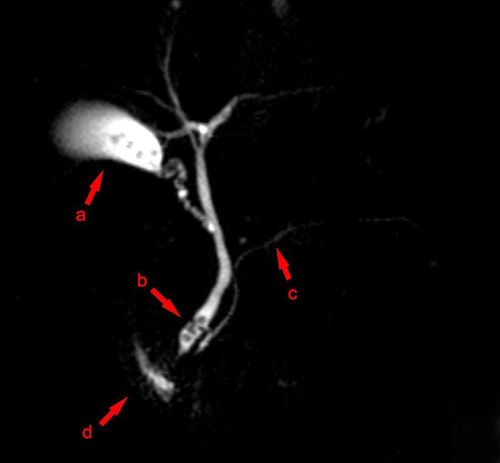This is an automatically translated article.
The article is professionally consulted by Master, Doctor Le Xuan Thiep - Radiologist - Department of Diagnostic Imaging - Vinmec Ha Long International General Hospital.Early diagnosis of biliary tract diseases helps to increase the effectiveness of treatment later. Magnetic resonance cholangiography or cholangiography is a modern imaging method that supports early and accurate diagnosis thanks to its ability to reproduce high-quality images.
1. Some common biliary tract diseases
The biliary system in the human body includes the gallbladder, cystic duct, intrahepatic biliary system, separate hepatic duct, common hepatic duct and common bile duct. Biliary disease occurs when abnormalities in one or a combination of these structures are present with similar clinical signs and symptoms. Common biliary tract diseases include gallstones, acute gallstone cholangitis, acute acalculous cholangitis, Mirizzi's syndrome, chronic cholangitis, cholangitis, biliary malignancies, and sclerosis primary biliary tract ...Cholelithiasis This is a common biliary tract disease. Gallstones can occur in the intrahepatic bile duct, gallbladder, common bile duct or a combination of many places in the biliary system of the human body. Causes of gallstones are inflammation, increased cholesterol, hemolytic disease, obstruction causing cholestasis, foreign bodies, worms... Gallstones are often classified according to the location or composition of the stone, mainly. cholesterol stones.
Acute cholangitis Cholangitis can be caused by stones or not by stones. Some risk factors that increase the likelihood of acute cholangitis are biliary strictures, gallstones, following biliary interventions such as endoscopic retrograde cholangiopancreatitis, biliary bypass surgery, etc. The most common mechanism for acute cholangitis is infection upstream from the duodenum and small intestine.
Chronic cholangitis The most common form of the disease is primary sclerosing cholangitis. The disease progresses for a long time with inflammation and fibrosis of the bile ducts in and out of the liver, causing fibrosis and narrowing of the bile duct lumen.
Acute cholecystitis Acute cholecystitis is a disease only inflammation in the gallbladder, the main cause is gallstones. Only about 10% of all cases of acute cholecystitis are not associated with gallstones, with known risk factors being prolonged fasting, compression of the gallbladder, and direct infection. .
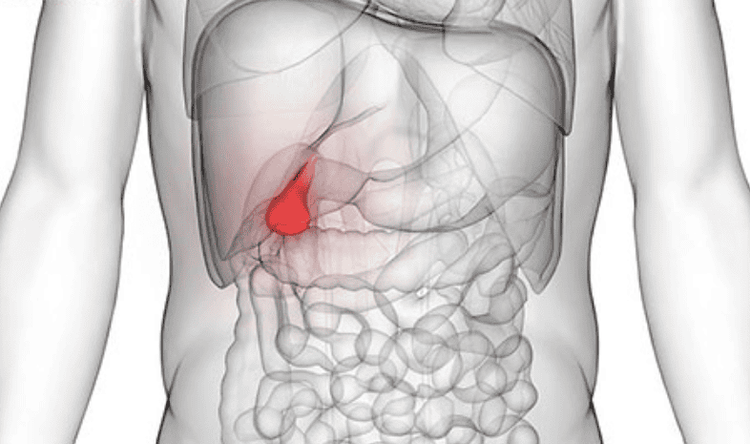
Viêm túi mật là bệnh lý thường gặp về đường mật
Congenital biliary cyst This is a congenital abnormality in the intrahepatic and extrahepatic biliary system causing dilatation of the bile duct with irregular shapes. The disease is classified into many different types, depending on the type of abnormality and the location of dilatation of the bile ducts such as cystic, saccular, tubular, focal or diffuse dilatation.
Congenital gallbladder malformations The normal person has only one gallbladder located in the cystic fossa of the liver, corresponding to the right hypochondrium. Congenital gallbladder malformations are abnormalities in the location, number, and shape of the gallbladder. The gallbladder may be located in unusual locations such as within the liver parenchyma, retroperitoneum, or under the left liver. No or two gallbladders are very rare. Gallbladder folds, septa, or diverticula are possible morphological abnormalities.
2. What is biliary magnetic resonance imaging?
Magnetic Resonance Imaging (MRI) is an advanced imaging technique that uses magnetic fields to reproduce high quality and clear 2D and 3D images of body systems. Magnetic resonance cholangiography (MRCP) is one of the applications of magnetic resonance imaging in the diagnosis and treatment of diseases. Magnetic resonance is a non-invasive, high-resolution test that accurately assesses biliary tract disease.Morphology, characteristics and correlation with related structures of the biliary system are well investigated by magnetic resonance imaging. In addition, MRI of the biliary tract is also a non-invasive and painless method for the patient. Similar to computed tomography, the patient is asked to remain still during the scan under the machine. Compared with previous methods used to diagnose biliary diseases such as endoscopic retrograde cholangiopancreatography, MRI of the biliary tree is considered safer, simpler to perform, and has high image quality. than. Complications with magnetic resonance cholangiography are rare and not serious, mainly related to adverse effects of contrast agents in use cases.
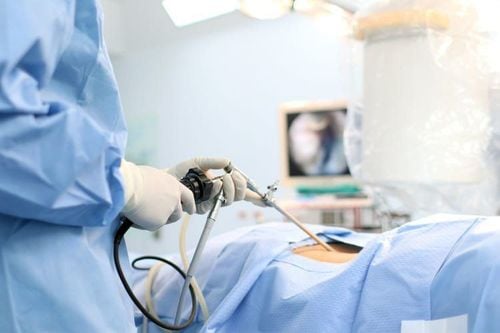
So với nội soi, chụp MRI hiệu quả hơn
3. Advantages of cholangiography
Magnetic resonance cholangiography is a modern method with many outstanding advantages:Non-invasive, does not cause pain or discomfort for the patient. People who take MRI of the biliary tract are not exposed to X-rays, so they can only determined for pregnant women. Investigate the structural features of the biliary system in more detail and accuracy. Detects small lesions and external abnormalities affecting the biliary tract. The process is simple and does not take much time.
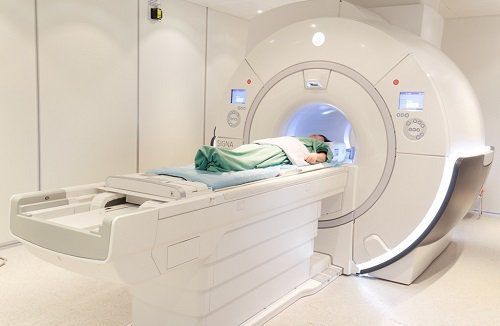
Chụp MRI đường mật an toàn và không mất thời gian
4. Indications for biliary magnetic resonance with which cases?
With many of the above advantages, cholangiography is indicated in many different pathological cases, including:Accurately diagnose the location and number of biliary stones, limiting the omission of unobstructed stones. optic or small in size Assess the degree of biliary dilatation. Classify the types of congenital biliary cystic disease. Detecting biliary tract tumors Staging preoperative biliary malignancies. Follow-up and post-treatment evaluation of cholangiocarcinoma. Vinmec International General Hospital with a system of modern facilities, medical equipment and a team of experts and doctors with many years of experience in medical examination and treatment, patients can rest assured to visit. and hospital treatment.
Dr. Le Xuan Thiep has strengths in performing advanced and difficult magnetic resonance and computed tomography techniques such as: coronary computed tomography, cardiac function, cerebral magnetic resonance, perfusion brain and organs,..
If you notice any abnormal health problems, you should visit and consult a specialist
Please dial HOTLINE for more information or register for an appointment HERE. Download MyVinmec app to make appointments faster and to manage your bookings easily.





